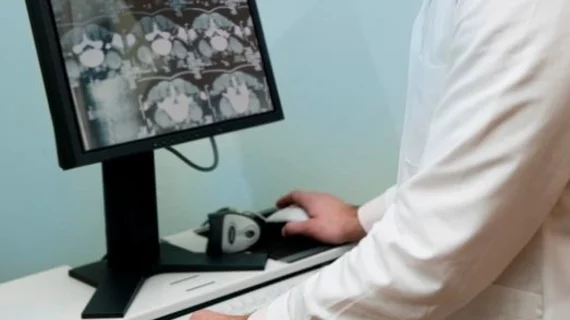Radiology department finds 40% of reading rooms need more adequate lighting
Monitor specifications and lighting are crucial in radiology, but there are few guidelines and little research into these issues. One department recently took matters into its own hands and found 40% of reporting rooms were under lit.
Researchers with the University Hospital Limerick in Ireland detailed an audit undertaken in 15 of its reading rooms, sharing their findings in Radiography. Most proved to need more lighting, while 33% had too much.
“Appropriate illumination levels are not only crucial for diagnostic accuracy but also important to manage inappropriate screen contrast, glare and to reduce eye fatigue,” J. O’Brien and colleagues with the university’s radiology department wrote on Nov. 22.
A study published earlier this year in Academic Radiology found rads suffer from widespread digital eye strain, with headaches and irritated eyes common complaints.
This Nov. 22 letter to the editor was published in response to an earlier review of mammography room conditions which concluded that diagnostic accuracy is negatively impacted by low-quality monitors and inappropriate lighting levels. That group also noted the lack of general consensus around these issues promotes inconsistency across breast imaging departments.
For the current investigation, O’Brien et al. read over prior studies and current guidelines to establish their own lighting criteria. They landed on 15-50 lux, which measures luminous flux per unit area, as ideal conditions. They used a specific lux meter and a free smartphone app called ‘Lux light meter free’ to measure these levels.
Of their 15 rooms, four (27%) were correctly lit, the researchers found. The mean lux meter reading across all rooms was 38.9, while the smartphone app produced a mean of 52 lux. This was not statistically significant, O’Brien and colleagues explained.
“In conclusion, radiologist reporting rooms should be regularly monitored with dedicated Lux meter devices to obtain general levels within 15-40 lux,” they added. “Smartphone apps may act as a possible alternative, being readily accessible and easy to use.”

